Pest Identification
Bed Bug
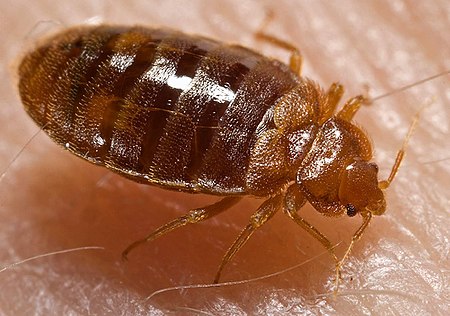
Bed bugs are a type of insect that feed on human blood, usually at night. Their bites can result in a number of health impacts including skin rashes, psychological effects and allergic symptoms. Bed bug bites may lead to skin changes ranging from invisible to small areas of redness to prominent blisters.
Carpenter Ants
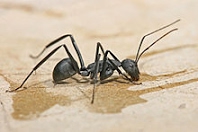
These ants get their common name from their habit of hollowing out galleries in pieces of wood for nesting purposes. This nesting habit can result in structural damage. Carpenter ants are found throughout the United States. Habits Most carpenter ant species establish their first nest in decayed wood and later expand or enlarge this into sound wood. Inside, nests are located in wood (preferably softened by fungus rot), in insulation, and/or in wall voids.
Fire Ants
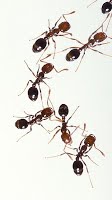
Though not originally from this area, red imported fire ants have become increasingly common. They are easily identified with the large, dome-shaped mounds they build and their aggressive behavior. They are only about 2-6 mm in length but live in large colonies. Their stings are painful and can cause an allergic reaction in some people, making them a public health concern.
Dog Flea

Their common name comes from one of their favorite hosts, dogs, the other being rabbits. Like other fleas found in homes, they cause discomfort by biting, but they can also transmit several diseases such as plague and murine typhus. Dog fleas are found throughout the United States and the rest of the world.
American Cockroach

The American cockroach is also called a “water bug”, the “Bombay canary”, and the “Palmetto bug”. Despite its name, the American cockroach in not native to North America but was most probably introduced via ships from Africa. It is worldwide in distribution.
German Cockroach
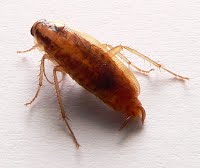
The German cockroach is by far the most important and most common of the cockroach. In addition to being a nuisance, it has been implicated in outbreaks of illness, the transmission of a variety of pathogenic organisms including at least one parasitic protozoan, and allergic reactions in many people. This species has worldwide distribution.
Boxelder Bug
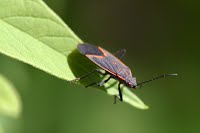
The common name reflects the fact that this species is a major pest of boxelder trees, Acer negundo Linnaeus. Boxelder bugs are primarily a nuisance pest because they enter structure to over winter.
Centipede

Camel/Cave/Stone Crickets
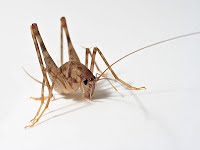
Camel crickets get their common name because of their humpbacked appearance, the cave cricket group because of being commonly found in caves, and the stone cricket group probably because they are often found under stones.
Earwig

The common name of “earwig” comes from an old European superstition that these insects enter the ears of sleeping people and bore into the brain. This belief is without foundation. Earwigs are worldwide in distribution, with about 22 species occurring in the United States.
Millipedes
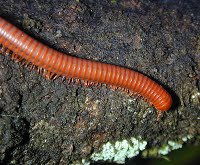
Millipedes are sometimes called “thousand-legers,” but they usually have 30-90+ pairs of legs.
Black Widow Spider
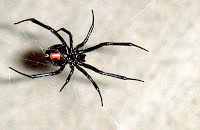
These spiders gets their common name from the popular belief that the female eats the male after mating, a phenomenon which rarely happens in nature. Young spiders primarily orange and white but acquire more and more black as they mature with markings very similar to those of males. With one or two reddish markings on underneath side of abdomen.
Wolf Spider
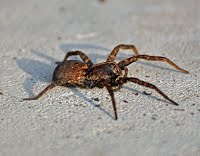
These spiders are often big and hairy which alarms some people, but they are primarily nuisance pests. Over 100 species occur in the United States and Canada.
Indianmeal Moth
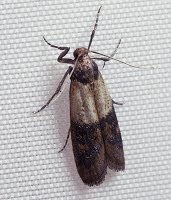
The Indianmeal moth was given its common name by early American entomologist (Asa Fitch) who found it feeding on cornmeal (Indian meal). It is probably the most important and most commonly encountered pest of stored products found in the home and in grocery stores in the United States. Of Old World origin, it is now found worldwide.
Norway/Brown/House/Wharf/Sewer Rat
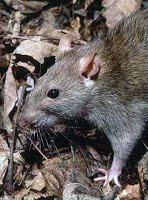
The Norway rat is the largest of the communal rodents and the most common communal rat in the temperate regions of the world. It not only damages/destroys materials by gnawing, eats and contaminates stored food, but it is also of human health importance as a vector or carrier of diseases.

